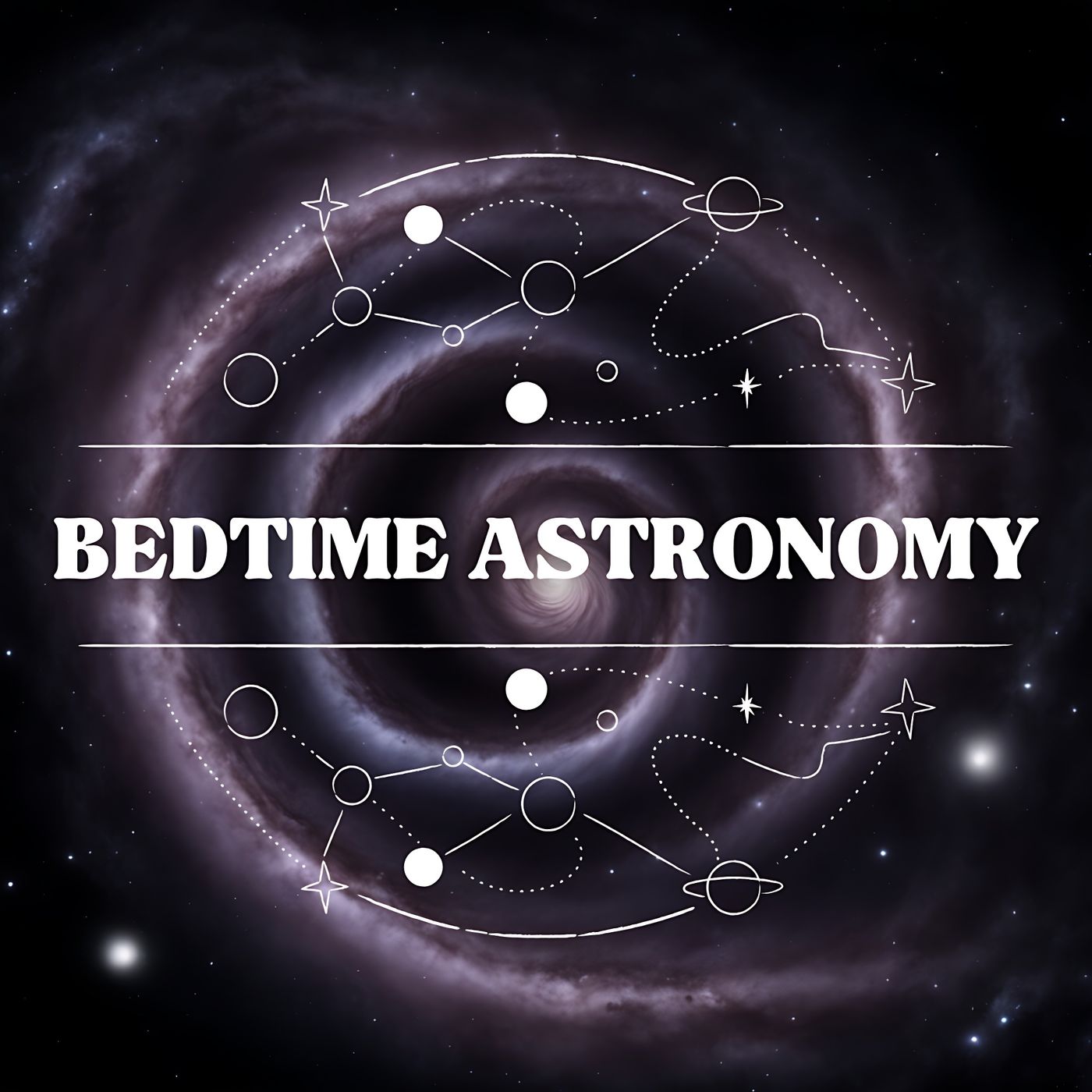 |
Bedtime AstronomyWelcome Bedtime Astronomy Podcast. We invite you to unwind and explore the wonders of the universe before drifting off into a peaceful slumber. Join us as we take you on a soothing journey through the cosmos, sharing captivating stories about stars,... Author: Synthetic Universe
Welcome Bedtime Astronomy Podcast. We invite you to unwind and explore the wonders of the universe before drifting off into a peaceful slumber.Join us as we take you on a soothing journey through the cosmos, sharing captivating stories about stars, planets, galaxies, and celestial phenomena.Let's go through the mysteries of the night sky, whether you're a seasoned stargazer or simply curious about the cosmos, our bedtime astronomy podcast promises to inspire wonder, spark imagination.AI Sound Language: en Genres: Astronomy, Physics, Science Contact email: Get it Feed URL: Get it iTunes ID: Get it |
Listen Now...
Martian Lightning: Confirmation and Consequences
Episode 279
Sunday, 7 December, 2025
This episode reveals a groundbreaking scientific announcement: electric discharges occur on Mars. Long theorized, this phenomenon was accidentally confirmed by the Perseverance rover's SuperCam microphone. Researchers captured both electromagnetic and acoustic signals as the rover passed through two dust devils. The discharges are static electricity, created by intense friction between charged dust particles in the thin, carbon dioxide-rich atmosphere.This historic discovery is critical for understanding Mars. The electrical events accelerate the formation of powerful oxidizing agents, which may solve the mystery of why Martian methane disappears so quickly. Furthermore, these high electrical charges influence dust movement, impacting climate dynamics, and they pose a potential hazard, capable of damaging sensitive electronics on both robotic and future human missions.







